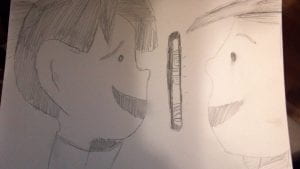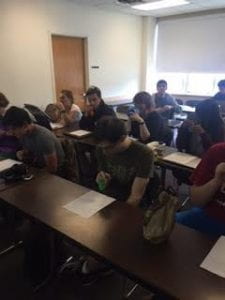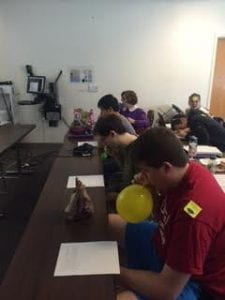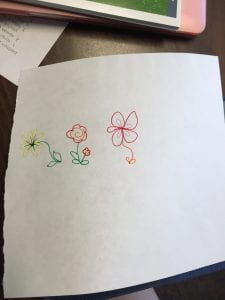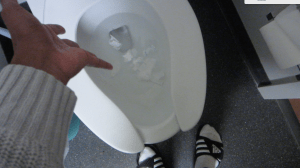Score:
- Invite a friend and a stranger
- Ask friend and stranger to step out of the room/sight
- Out of two random pieces of clothing shown, instinctively click the one you personally favor within 10 seconds
- Repeat 9 more times
- Ask friend and stranger to perform score for you with you in mind (click the one they think the initiator will favor)
- Compare results
“Friendly expression” was created and structured predominantly around my personal fascination of exploring the relationship between artistic statements and real life manifestations. As brought up in class, there are many different categories of items or themes that could compared as the content of the score. However, personally I have always been interested in exploring the logic behind one’s taste in fashion. Why is it that two people very similar in upbringing or background may prefer totally different styles? Are we attracted to people who have similar styles?
To me any form of self-expression is a form of art, which is why the way we choose to dress ourselves is also a piece of artwork; one that’s everchanging and evolving over time. This led to the inspiration of “Friendly expression,” which is a test designed to prove my hypothesis of “people with similar taste in art are more likely to foster relationships.”
In the actual creation of the score, I was heavily influenced by the ideas of “Happening” and “Fluxus.” I wanted to create an environment that encouraged instictive thinking and decision making, one that’s special to the performer of the score during the time in which the score if performed. That’s why I added a 10 second timer and set the default to a comparison model between 2 items rather than a yes/no model 1 by 1.
Evidently, there are also heavy traces of inspiration of Fluxus in this piece. This was my way of attempting to explore the blurred line between art and life in the form of fashion, but also clarify the relationship between how our interpretation of art may impact the way we shape our social circles and life.
When performing this score in class, Marina was my principal volunteer, and she selected two more volunteers in class that she thought knew her the best (partner A) and least (partner B) respectively. Results showed that partner A scored better than partner B in selecting the items that Marina preferred.
Marina:
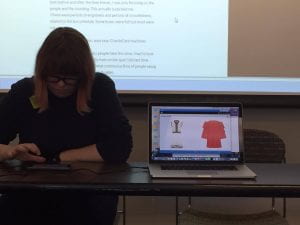
Partner A:
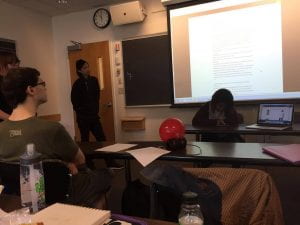
Partner B:
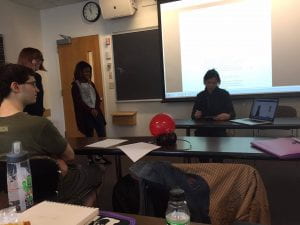
Marina’s results:
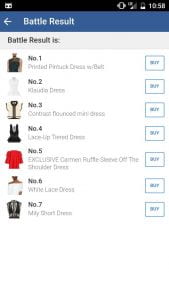
Partner A’s results:
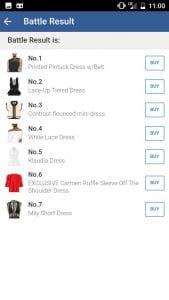
Partner B’s results:
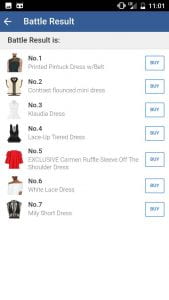
I would accredit this phenomenon due to partner A’s furthered understanding of Marina as a friend, life-form and artistic self. It was also interesting to observe partner B’s reaction throughout the process of performing the score. Being asked to consciously decide and recommend clothing items for Marina, partner B was in reality being asked to try and understand Marina’s artistic preferences. As a couple of decisions went by, one could observe partner B formulating his own understanding of Marina as he went from spending almost the full 10 seconds and looking at Marina in the beginning to flying through his latter decisions.
Although partner B had a higher discrepancy overall in his suggestions, his top choice was actually consistent with that of Marina’s and partner A’s.
This idea of understanding a person and being able to deduce their likings/preferences and preferred method/medium of self expression is the primary goal of this score and with a larger and more diverse sample I believe I could draw some interesting conclusions.

